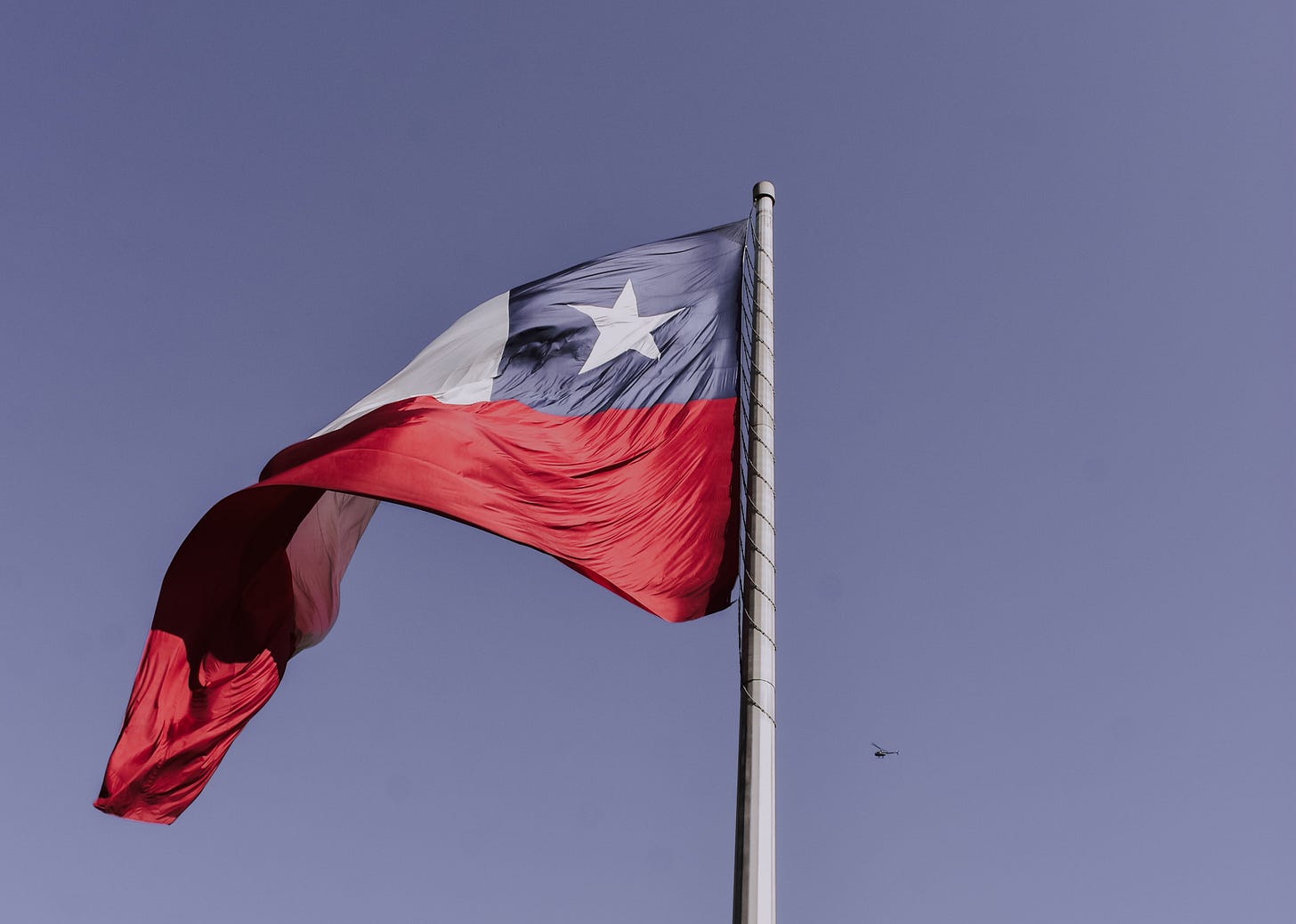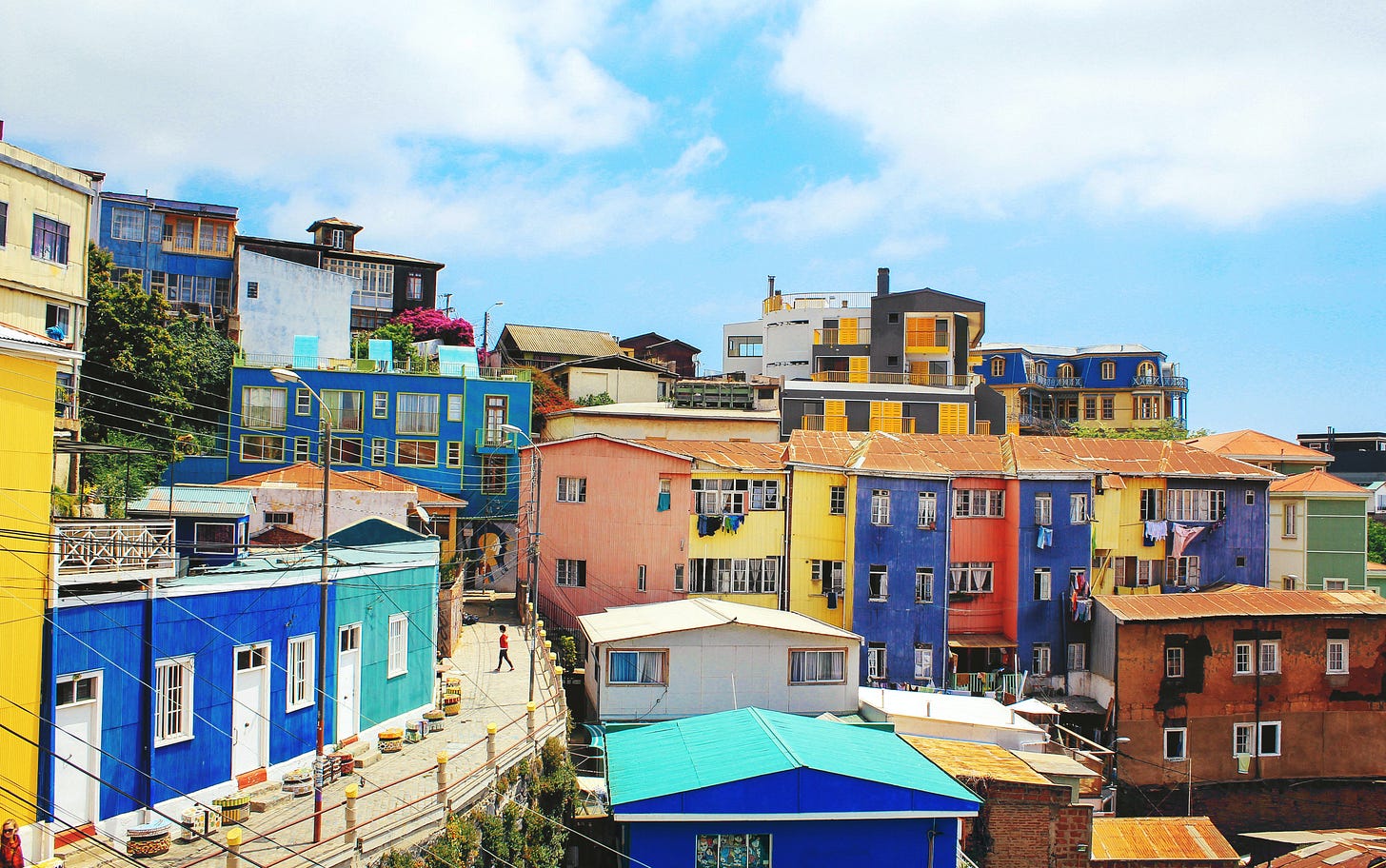Private for me and you, Public for the Rest
Authors: Alejandro Carrasco (Faculty of Education, Pontificia Univ. Catolica de Chile, Santiago) and Helen M. Gunter (Institute of Education, Manchester University, UK)
We at EDDi work hard at bringing you a good variety of articles on international education though we also recognise one area where we are rather remiss – a lack of focus on South America.
Well, now we are going to rebalance that a little with this article on Chile.
You may not be personally familiar with Chile but you will certainly be familiar with the article’s topic – the privatisation of schools.
Indeed, as the article points out:
‘Privatisation of public services education is a key feature of the Global Education Reform Movement (GERM), where policy convictions, ideas, and strategies are integral to the “spreading and mutating” of reforms.” (p. 67)
It is very likely you’ll know a lot about GERM if you are an educationalist – even if you don’t realise it. Whether your school is based in Tokyo, San Francisco, London, Stockholm or Santiago, the private sector increasingly has its grip on your job and your future prospects.
Like the Covid-19 virus currently spreading its various mutations to every corner of the globe, GERM does exactly the same. The only difference being, covid-19 can be stopped by a vaccine.
The only vaccine against GERM is academic research into its effects. Which is precisely the aim of this article.
‘Our contribution to this body of primary research [into wider neo-liberal and neoconservative processes in education] is to put the focus on Chile as a recognised site where the privatisation of education has been tested out and delivered. What we do that is distinctive is to shift the focus to the “private” in “privatisation”, and we relate the private to processes of depoliticization. Building on Gunter (2018, 2019) we deploy “depoliticised privatism” where we give less attention to “selling-off public assets” or “entering new markets created through deregulation” and instead we focus on what the realities of working “privately” mean for educational services.’ (p.68)
There once was a time when schools were wholly run by government agencies of the state, the few exceptions being missionary schools – progenitors of our now vast and globally expanding (for-profit) international schools. The state education model of delivery is still with us, but it is diminishing fast. Privatisation is increasingly the name of the game.
‘In regard to education services there has been a shift from universal access to local schools that are owned, funded and run by the state on behalf of the public, to schools as autonomous small businesses (sometimes in branded chains) where the state variously awards, manages, evaluates and renews/cancels delivery contracts.’ (p. 68)
Of course, privatisation doesn’t just bring with it the power of governments to award, renew and cancel delivery contracts for those business which seek to run schools. It brings with it a particular form of management, one closely aligned with neo-liberalist values and ideologies.
And this signals a very important shift in work culture, from the values of the communal to the values of the (paying) individual.
‘Consequently, in order to understand privatisation there is a need to engage with the meaning of private in privatisation….Our approach to the private is through a focus on a form of privatism or “withdrawing” from “civic concern to the pursuit of self-interest.’ (Starr, 1988, p.9)
In other words, it would be a mistake to assume the state continues to function in the role of ‘guardian of civic values’ once it has allowed private businesses to deliver education. As the authors of this article note, what actually emerges is a “depoliticised privatism” where the individual (owner/manager) is the focus, site and outcome of decision-making, not the state.
An analogy would be going into your back-garden in the middle of winter and putting out lots of nuts for the birds. Don’t expect to have control over the subsequent feeding process.
Educational Privatism in Chile
The article notes that while the major privatisation reforms in Western style democracies such as the USA and UK have occurred through democratic institutions, process and practices, thereby ‘legitimizing’ these ideological changes within education, this was not the case in Chile.
“In Chile and Argentina, the changes were “swift, brutal and sure” through the rupture of “a military coup backed by the traditional upper classes (as well as the US government) followed by fierce repression of all solidarities created within the labour and urban social movements which had so threatened their power” (Harvey, 2007, p. 39) (p. 71)
While Thatcher and Reagan were required to introduce GERM through their respective political systems, in Chile the military leaders simply imposed GERM on the populace, not waiting for or requiring a mandate of legitimacy.
In effect, the whole of Chilean education has gone private, with the exception of a rump of schools situated in low-economic areas.
“The changes to the public system have been dramatic. In 1981 public schools educated 81% of the populace (known as municipal-public); it is now 37% and such schools are in areas of socio-economic disadvantage and have lower funding. The rapid rise has been in “subsided-private schools” (SP), which now educate 57% of children, except high-social-class children who tend to access the private sector. (p. 72)
As the authors point out, if you want to see the “realities of [extreme] depoliticised privatism” in education, look no further than the deregulation of the of the Chilean education state system especially within the ‘subsidised private school’ (SP) sector:
1. Parents are allowed to choose any school.
2. Schools select children based on the use of “co-payments” whereby parents pay a fee that gets added to the state voucher subsidy and that fee can be related to the income of the parents that the school wants to attract. Also the use of testing whereby parents gain a school place through paying for test preparation.
3. Anyone can inherit or set up a school as a business, and can decide to continue or close the school. There are low barriers to entry for enterprises to become private education providers and receive state subsidies.
4. The school owner decides on the type and level of investment in the school, the size and composition of the workforce and what goes on in the classroom. School owners tend to experience low accountability mechanisms in terms of financial, pedagogical, and organisational issues.
5. SP schools are allowed to dominate the market.
6. SP schools are run as private businesses, subsidised by the tax payer.
7. The control of the curriculum, staffing, leadership and related processes remains private, even in so-called ‘state schools’.
8. Schools in low-economic areas are seen as high-risk businesses so tend to remain as underfunded municipal-public operations.
If your intention was to create or reinforce massive educational disparities between the rich and the poor, squeezing the lower middle classes into the bargain, then you couldn’t come up with a better plan than the above.
To return to the earlier analogy, the Chilean military gave out an awful lot of nuts and the biggest birds have been busily picking up the tastiest one’s ever since.
If you are a poor parent, living in a poor area and most in need of a good (free) education for your kids then don’t expect the Chilean education system to provide it. The effective wholesale privatisation of Chilean state education will have made a number of people very rich, but done nothing to meet the educational needs of those at the bottom rung of society.
In sum, this article tells us what the ‘private’ actually means in ‘privatisation’:
‘Privatisation’ means to ensure that the public good, the communal needs of a society, come second place to the private (e.g. enrichment) needs of those comfortably placed at the top rung of the social ladder.
Article summary by Dr Stephen Whitehead
references
Alejandro Carrasco & Helen M. Gunter (2019) The “private” in the privatisation of schools: the case of Chile, Educational Review, 71:1, 67-80
link
tandfonline.com/doi/full/10.1080/00131911.2019.1522035




